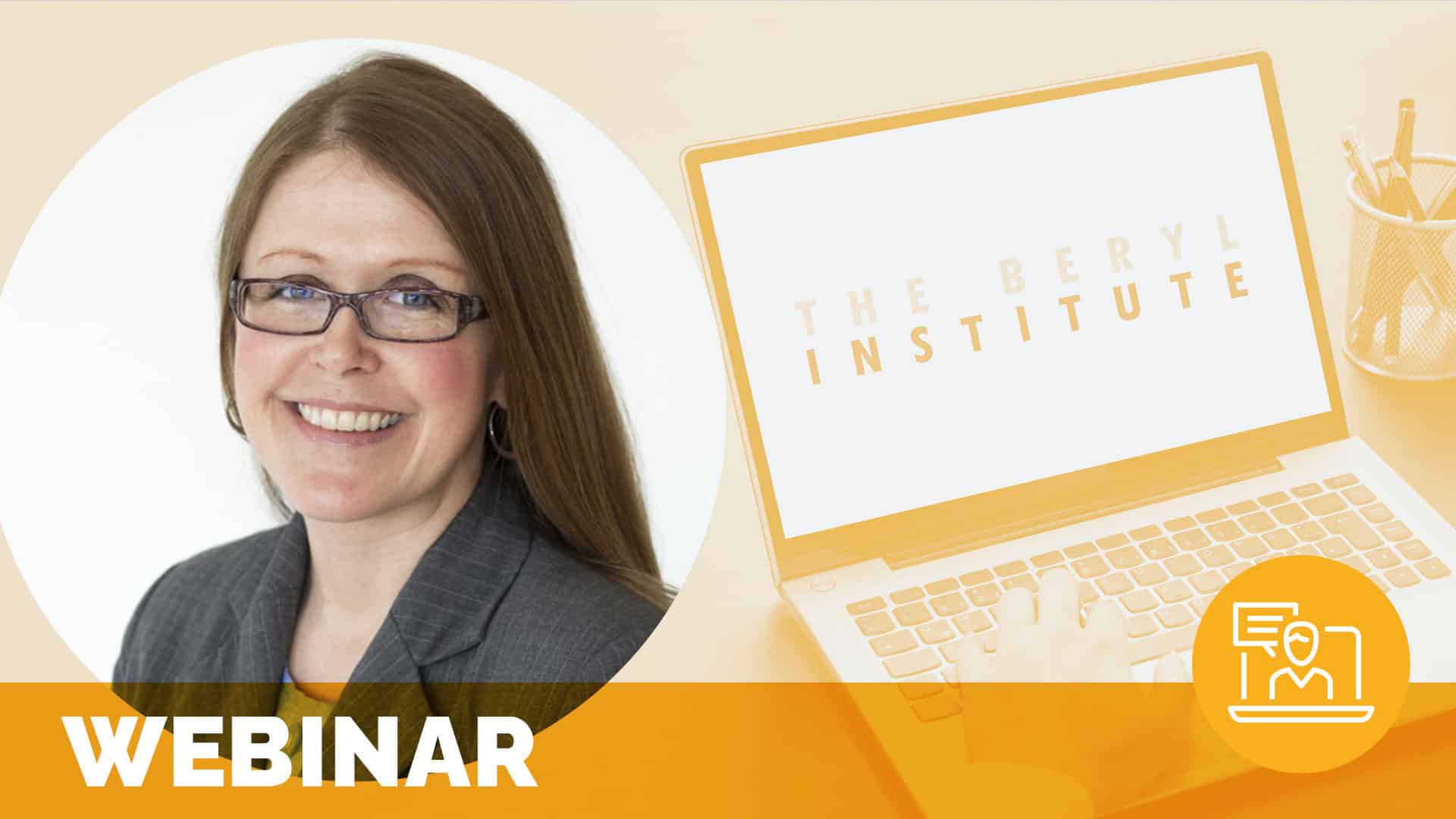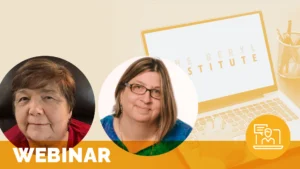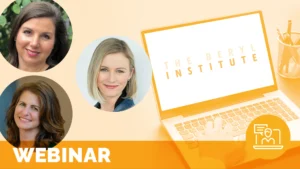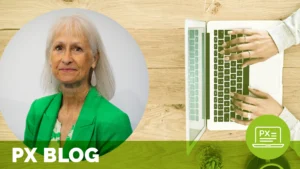Grievance Letter Writing for Healthcare Consumer Advocates

Natalie A. Ratliff, Master of Jurisprudence Health Law, BSN, RN, Director of Healthcare Law, Policy and Regulation, Patient Advocate, CGH Medical Center and Clinics
A well-written response to any patient concern is invaluable in providing final closure and conveying compassion when things don’t go as planned. In this webinar, participants will learn practical tools, tips and guidelines to use when constructing a grievance letter. In addition, the presenter will provide a historical and legal overview helpful to all healthcare consumer advocates.
Related content
-
 Patient Family & Community Engagement | Staff & Provider Engagement
Patient Family & Community Engagement | Staff & Provider EngagementCo-Creating Change Using Storytelling
During this webinar members of the Global Patient and Family Advisory Board (GPFAB) will demonstrate how telling stories instead of creating guidelines for healthcare professionals will improve patient outcomes. The GPFAB has created a unique storytelling guide that will help healthcare professionals understand the principles of sharing patient/care partner lived experience through storytelling and how
Learn more -
 Culture & Leadership | Patient Family & Community Engagement | Staff & Provider Engagement
Culture & Leadership | Patient Family & Community Engagement | Staff & Provider EngagementThe “What Matters to You” Movement: Fostering Sustainable Change in Healthcare
Are you curious about how to ignite a movement within your organization that enhances care quality and workforce well-being and delivers a return on investment? Inspired by the global What Matters to You (WMTY) movement, this webinar will showcase successful improvement initiatives that have led to better quality outcomes, increased joy in work, and financial
Learn more -
 Environment & Hospitality | Patient Family & Community Engagement
Environment & Hospitality | Patient Family & Community EngagementElevating the Emergency Department Experience: The Impact of Experience Ambassadors
By Jill Koss, Cook Children’s Medical Center At Cook Children’s Medical Center, we are committed to continuous innovation to enhance the patient and family experience. One key area of focus has been our Emergency Department (ED), where we identified an opportunity to improve the experience of waiting—both in the waiting area and after patients are placed
Learn more
